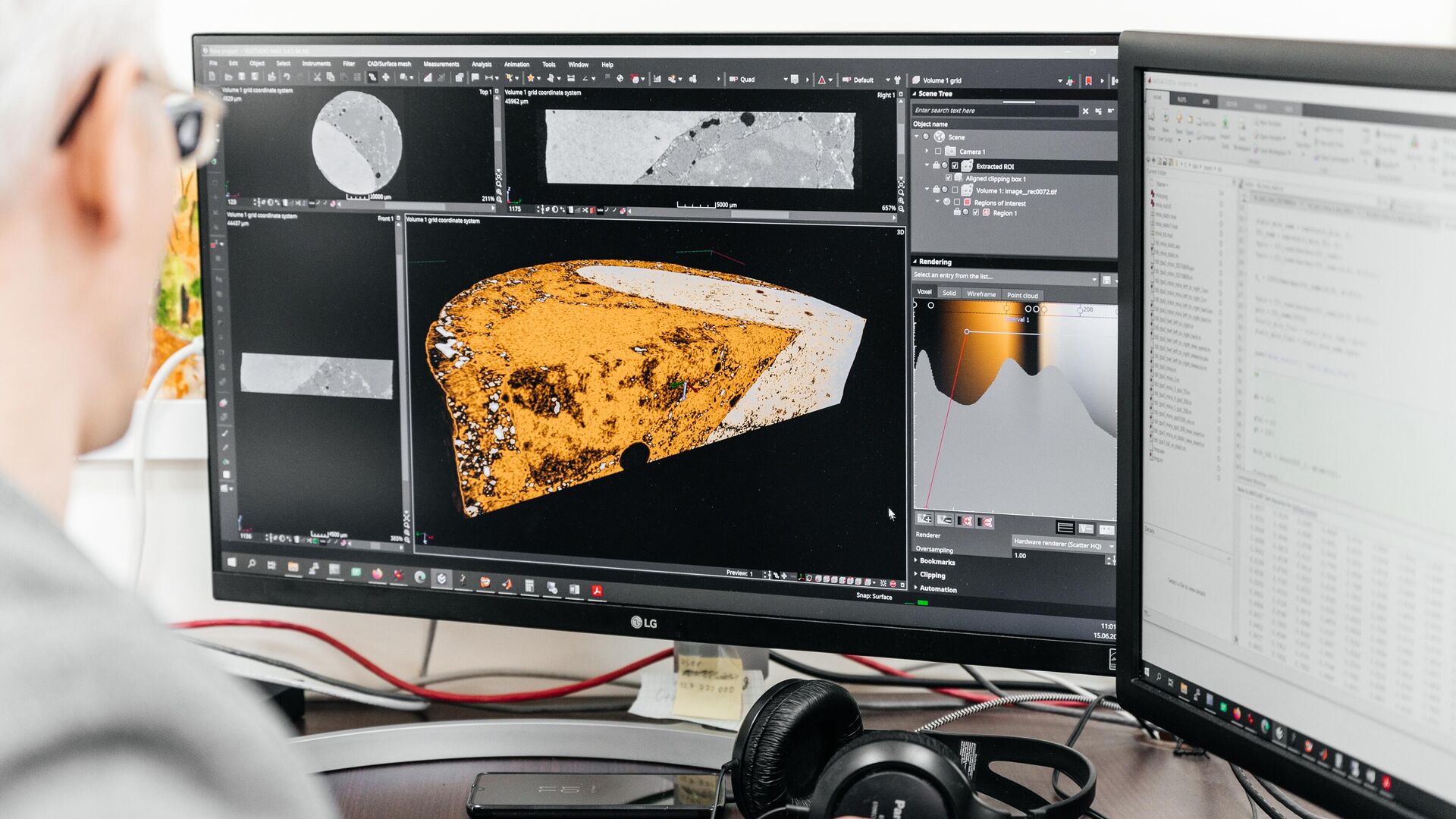
MOSCOW, July 22 The software developed at TPU will allow a detailed study of rock samples at the Siberian Ring Photon Source (SKIF). According to the authors, it will make it possible to conduct research in a wide range of resolutions — from nano to meso and increase the speed of scanning samples by more than 300 times, using a synchrotron, and the data obtained will be useful in organizing the extraction of minerals and analyzing climate change, the university's press service reported.
As reported by Tomsk Polytechnic University (TPU), computer tomographs are currently used to study rocks, which allow obtaining layer-by-layer images of samples. The capabilities of this method of X-ray fluoroscopy are limited and do not allow one to see everything. Therefore, for a more thorough study of materials, synchrotron radiation is used, which is also X-ray in nature, only tens of times «brighter».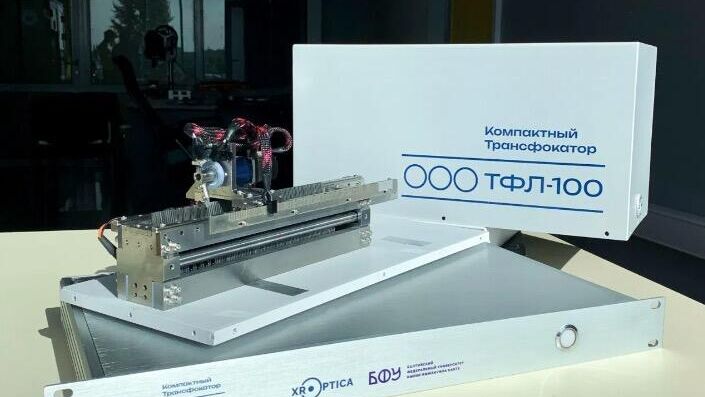
Synchrotron radiation is formed when electrons rotate along a circular trajectory at a speed close to the speed of light (almost 300,000 km per second). To «extract» this radiation, special installations are created — synchrotrons. One of them — SKIF — is currently under construction in the Novosibirsk region.
Scientists from Tomsk Polytechnic University have developed a software product for one of the synchrotron stations, «Microfocus». The software is built on a modular principle, which will allow pre- and post-processing of primary projection data using basic and specialized filters, reconstruction of the tomographic volume using different methods, and also, based on the tomography results, calculations of the quantitative characteristics of the sample under study.
Determining the characteristics of samples is important for better understanding the structure and properties of rocks. The data obtained are used in organizing drilling operations, extracting oil, gas and other minerals, and analyzing climate change.
«»Synchrotron sources, such as SKIF, allow us to push the boundaries of digital core technology (a mathematical model of a real cylindrical rock sample) and see much more. This does not mean that we can abandon laboratory tomographs. On the contrary, the joint use of laboratory and mega-science installations allows us to increase the efficiency and productivity of research many times over,» said Alexey Gogolev, Vice-Rector for Science and Strategic Projects at TPU.
He added that this approach will reduce the cost of core research, as well as increase the scanning speed by more than 300 times.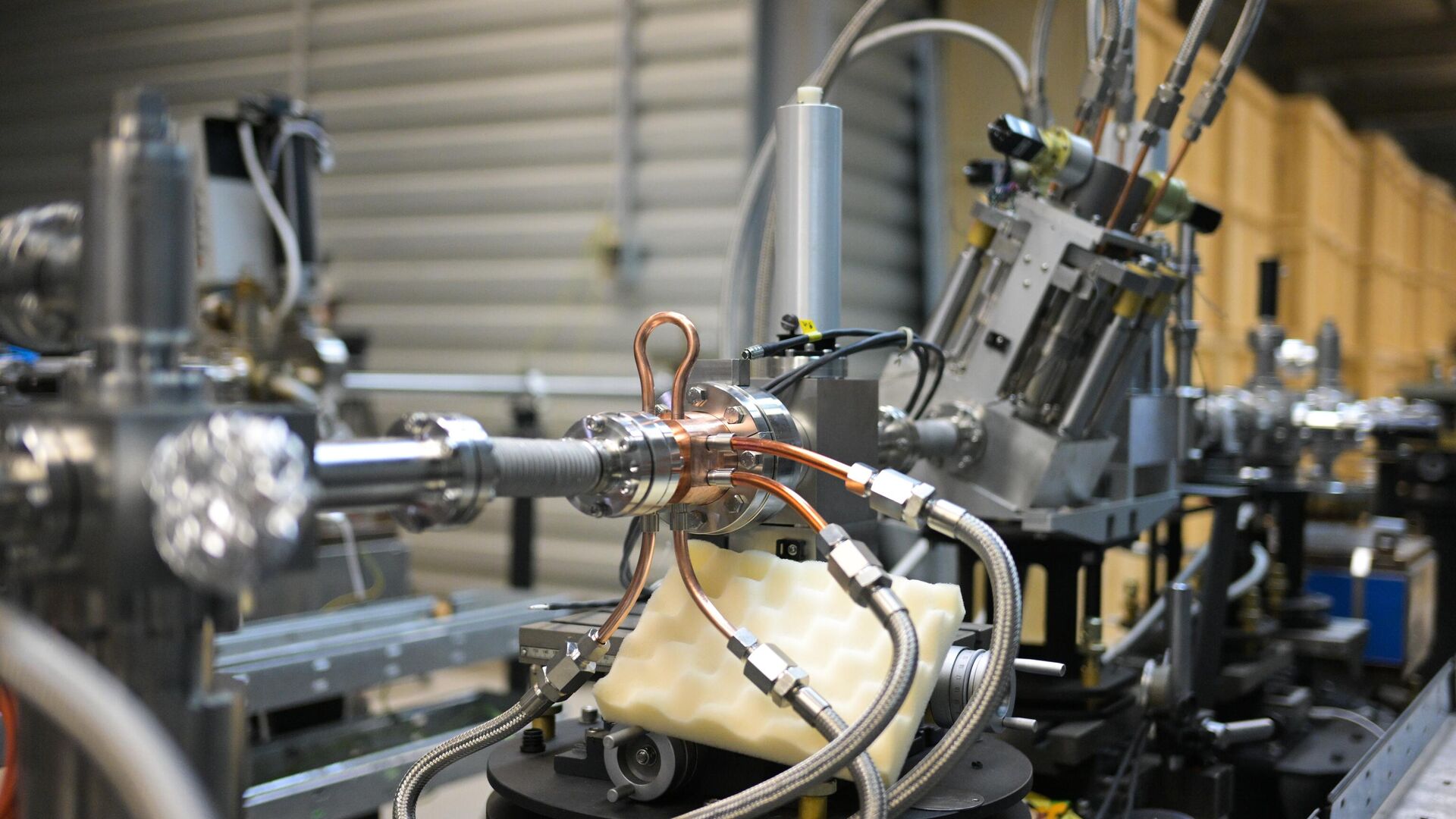
Gogolev explained that developed at the university the software product also makes it possible to integrate it with modeling modules for auxiliary instruments for interactive analysis and calibration of equipment.
«When using laboratory tomographs and the SKIF synchrotron together, it will be possible to process 25 samples per day. Creation of a comprehensive digital twin on laboratory tomographs usually lasts at least seven days and costs about a million rubles. The new software will make it possible to carry out a full range of studies of core samples at the SKIF synchrotron in 7-14 days, during which time more than 300 samples can be scanned,” said the vice-rector of Tomsk. Polytechnic University.
He added that the software product is adapted to the interests of geologists and has a platform architecture that allows not only to design and run any object scanning protocols, but also to create your own modules and implement third-party ones.




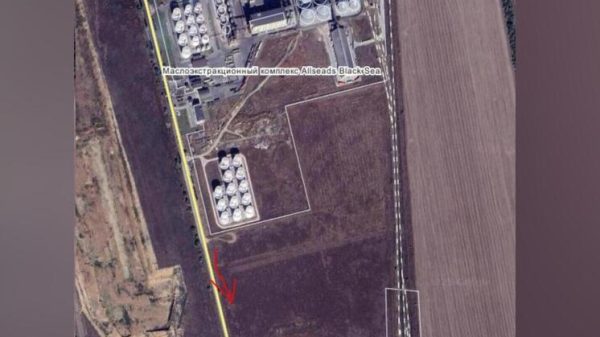














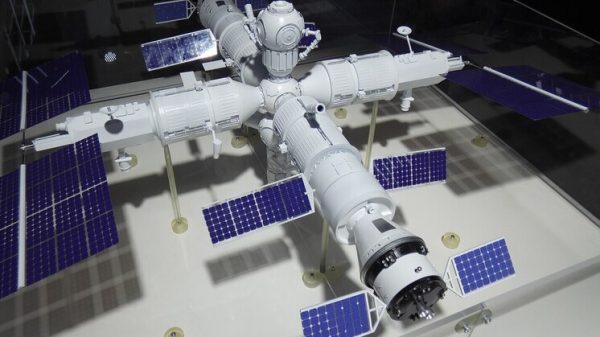



















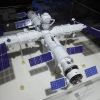










Свежие комментарии